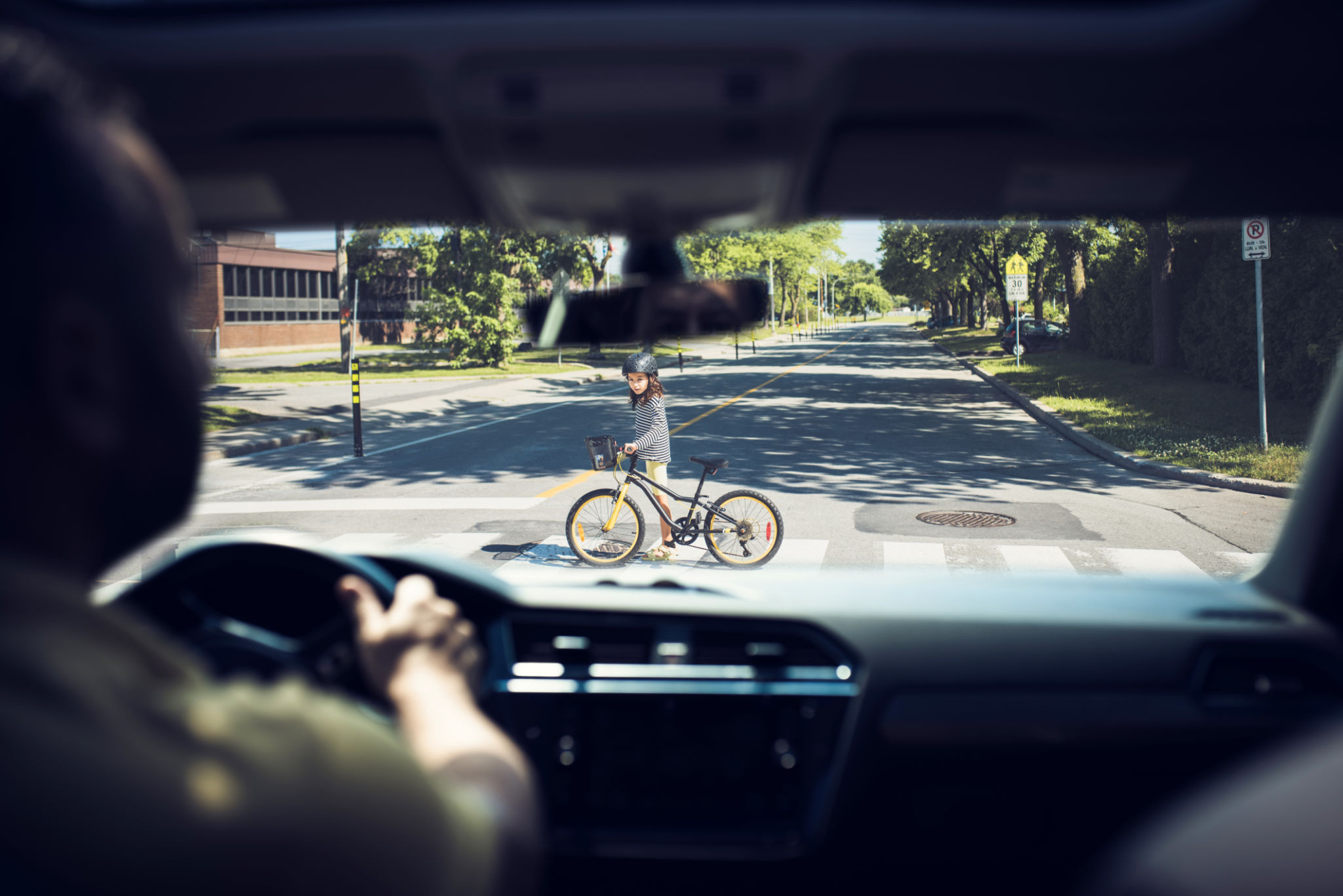Expert Tips for Handling Roadside Emergencies
Prepare Before You Hit the Road
Roadside emergencies can happen to anyone at any time. Whether you're a seasoned driver or a newcomer, being prepared is key to handling unexpected situations effectively. Start by assembling a basic emergency kit for your vehicle. This kit should include items like a flashlight, first-aid supplies, jumper cables, tire pressure gauge, and basic tools. Having these essentials on hand can make a significant difference when you're facing an unexpected issue on the road.
It's also wise to have a spare tire and a jack readily available in your car. Regularly check tire pressure and tread depth to ensure they are in good condition. Being proactive with vehicle maintenance can prevent many roadside emergencies from occurring in the first place.

Stay Calm and Assess the Situation
If you find yourself in a roadside emergency, the first step is to remain calm. Panic can lead to poor decision-making, which might worsen the situation. Take a deep breath and assess your surroundings. Is your vehicle in a safe location? If possible, move it to the side of the road to avoid obstructing traffic and reduce the risk of further accidents.
Turn on your hazard lights to alert other drivers that you're experiencing an issue. This simple step can prevent accidents and ensure your safety while you address the problem. If you have reflective triangles or flares, place them behind your vehicle to increase visibility, especially at night or in poor weather conditions.

Addressing Common Roadside Problems
One of the most common roadside emergencies is a flat tire. If you experience this, find a flat and stable surface to change the tire safely. Use your car's owner's manual as a guide if you're unsure of the steps involved. Remember to loosen the lug nuts before jacking up the car, and then replace them securely once the spare tire is in place.
Another frequent issue is a dead battery. If your car won't start, use jumper cables to connect your battery to another vehicle's battery. Ensure both vehicles are turned off before connecting the cables, and follow the correct order for attaching them: positive to positive, negative to negative.

Know When to Call for Help
While some roadside emergencies can be resolved with basic tools and skills, others may require professional assistance. If you're unable to fix the problem yourself or if it's unsafe to continue driving, it's time to call for help. Many insurance companies offer roadside assistance services that can provide towing, lockout assistance, or fuel delivery.
Keep important contact numbers saved in your phone, such as local towing companies or your roadside assistance provider. Additionally, some smartphone apps can help you locate nearby services quickly and efficiently.
Safety First: Protect Yourself and Your Passengers
Your safety and that of your passengers should always be your top priority during any roadside emergency. Stay inside the vehicle if it's safe to do so, especially on busy roads or highways. If you must exit the vehicle, do so from the side away from traffic and always be aware of your surroundings.
Remember that every roadside emergency is unique, and it's crucial to use your judgment when deciding on the best course of action. By staying prepared and informed, you can handle these situations with confidence and maintain peace of mind on every journey.
